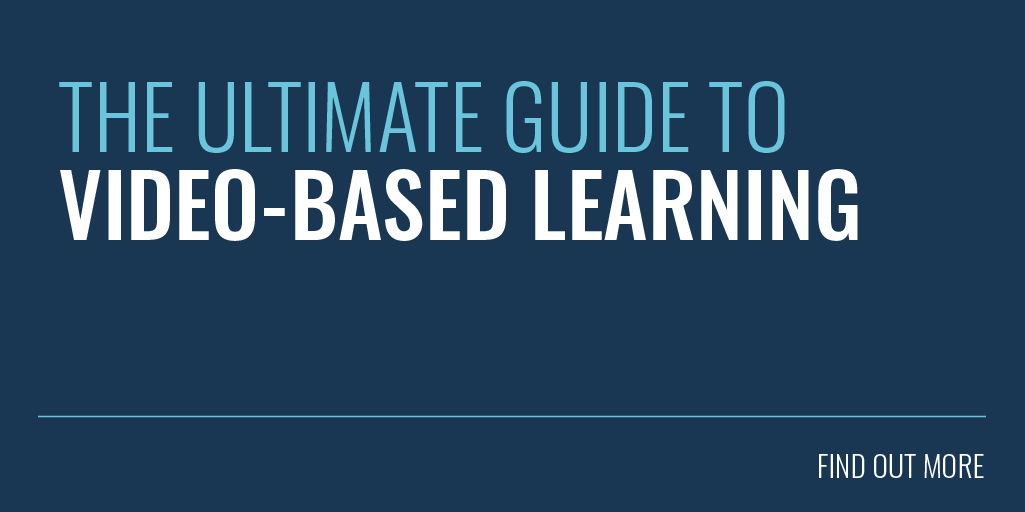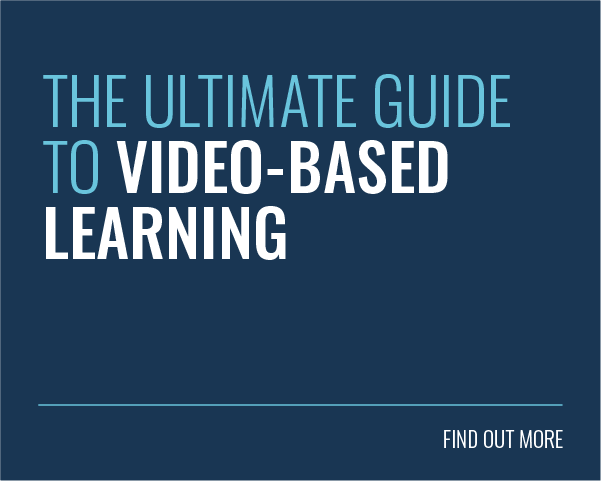Unleash the power of lights, camera, action, and discover the secrets to creating captivating training videos like a pro!
 Image courtesy of Ron Lach via Pexels
Image courtesy of Ron Lach via Pexels
Welcome to Lights, Camera, Action! The Ultimate Guide to Training Video Production. In today’s digital age, training videos have become an integral part of learning and development. It’s no secret that a well-executed training video can captivate audiences, increase engagement, and enhance the transfer of knowledge. In this curated blog post, we will walk you through the essential steps and considerations for producing stellar training videos. So, let’s dive in and discover the art of training video production.
Here is an overview of effective practices for producing impactful corporate training videos:
Training Video Production
Best Practices
Training Overview Videos
High-level videos defining methodology, course flows, objectives and modules sets expectations. Animated graphics showing course sections grabs attention over dry introductions.
Step-by-Step Process Videos
Nothing clarifies intricate workflows or system usage better than seeing applications in action. Software simulations, screen captures and over-the-shoulder desktop footage paired with audio instruction walks through key functions while users follow along.
Video Tutorial Libraries
Structured video learning centers enable employees on-demand access for refresher retraining or troubleshooting support without needing expert availability. Organized course chapter markers aid navigation.
Talking Head Lecture Videos
Filmed presentations convert in-person training seminars into portable on-screen learning. Multicam editing intercuts between slide graphics and presenter closeups while matching practices keep attention.
Talking Head Interview Videos
Q&A expert interviews contextualize concepts through real-world applications and anecdotes. condensed versions share authentic insider perspectives that resonance over generic script readings.
Assessment and Certification
Interactive video quizzes confirm comprehension, qualifying course completion for auto-generated certificates of achievement upon passing to incentivize engagement.
Adopting rich digital video integrated with strong instructional design methodology engages employees for retention of complex skills training at enterprise scale while granting teams self-service accessibility.
Pre-production Phase: Setting the Foundation for Success
Before embarking on the journey of training video production, it is crucial to lay a solid foundation. Start by defining your training objectives and identify your targeted audience. Understanding these aspects will guide you in creating content that resonates with your viewers. Once you have a clear vision, research and choose the ideal training video format that aligns with your goals. Then, craft a detailed script that covers all the necessary information while ensuring clarity. Additionally, outline the props, locations, and actors needed to bring your training video to life.
Elevate your training video production with our ultimate guide!
Subscribe to our newsletter for exclusive tips, tricks, and industry insights.
Equipment and Infrastructure: Achieving Optimal Video Quality
High-quality equipment and a well-prepared infrastructure are essential for capturing professional training videos. When it comes to selecting a camera, you have a range of options, including DSLRs, mirrorless cameras, or professional camcorders. Alongside a good camera, have high-quality audio equipment such as microphones, recorders, and audio editing software. Proper lighting is also crucial for achieving optimal results. Utilize softboxes, reflectors, and diffusers to create a well-lit environment. Lastly, ensure you have a well-equipped studio or location that complements your training video.
“Lights, camera, action! Unleash the untapped power of training videos to inspire, educate, and transform lives. The ultimate guide to #TrainingVideoProduction is here – [insert link]. Lights, camera, action – ignite your potential! 🌟 #Inspire #Educate #Transform”
Filming Techniques: Making Every Shot Count
While filming training videos, it is important to implement effective techniques that engage your audience. Start by mastering camera techniques such as framing, composition, and camera movement. These elements play a vital role in capturing attention and creating visually appealing videos. Additionally, remember to utilize multiple camera angles to add variety and enhance viewer interest. B-roll footage can also be utilized to provide visual aids and improve video flow. Don’t forget to include screen recordings and demonstrations for step-by-step clarity.
 Image courtesy of www.growthengineering.co.uk via Google Images
Image courtesy of www.growthengineering.co.uk via Google Images
Post-production Magic: Polishing the Training Video Gems
Post-production is where the magic happens. Editing software is an essential tool that helps bring your training videos to life. Select a software option suitable for your needs, whether it’s a full-fledged editing suite or more basic software. Assembling a cohesive video involves meticulously piecing together various shots and angles to create a seamless flow. Ensure audio quality is top-notch by reducing noise and consider adding background music to enhance the viewer experience. Furthermore, color grading and visual effects can elevate your training video to the next level.
Effective Distribution: Sharing Training Videos with the Right Channels
Creating fantastic training videos is only part of the journey; sharing them with the right channels is equally important. Choose the right hosting platform for uploading and sharing your training videos, taking factors such as security, accessibility, and bandwidth into consideration. Embedding videos in websites or Learning Management Systems (LMS) can increase accessibility and convenience for your viewers. Don’t underestimate the power of social media as a promotional tool for reaching a wider audience. Share your videos on platforms where your target audience is active and engage with their feedback and comments.
 Image courtesy of www.growthengineering.co.uk via Google Images
Image courtesy of www.growthengineering.co.uk via Google Images
The Ongoing Process: Reviewing, Updating, and Responding to Feedback
Training videos should be treated as an ongoing process rather than a one-time endeavor. Encourage viewers to provide feedback, reviews, and comments on your videos to gather valuable insights. Analyzing video performance and tracking viewer engagement metrics will help you understand what is working well and what can be improved. Regularly updating your training videos ensures they remain relevant and accurate. Embrace feedback and evolve your videos to meet the changing needs of your audience.
Elevate your training video production with our ultimate guide!
Subscribe to our newsletter for exclusive tips, tricks, and industry insights.
Conclusion
Congratulations on completing The Ultimate Guide to Training Video Production! You now have the knowledge and tools to create outstanding training videos that educate, engage, and inspire your viewers. Remember, it all begins with thorough pre-production, followed by careful attention to equipment, effective filming techniques, and precise post-production. Don’t forget to distribute your videos strategically and embrace feedback for continuous improvement. Now, it’s time to put your skills into action and take your training video production to new heights. Happy filming!
